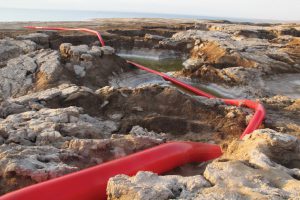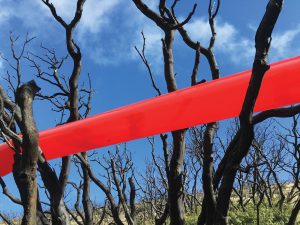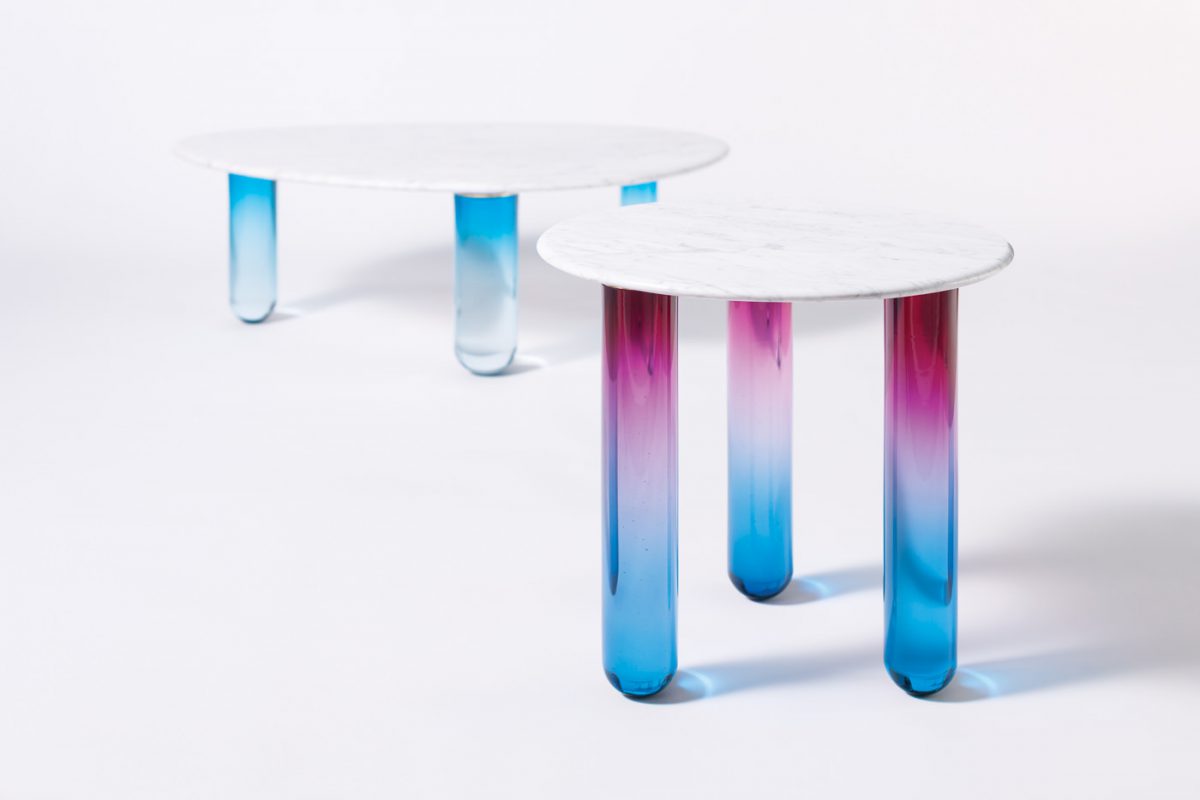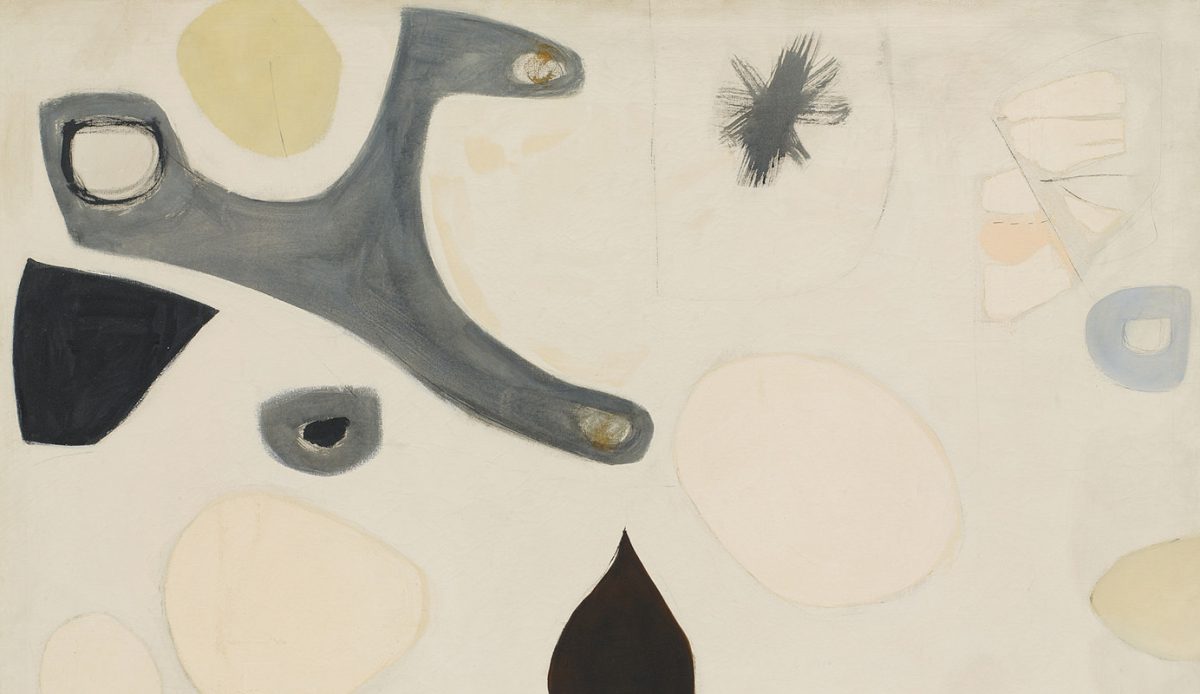If you ask Doron Gazit about the inspiration behind his life’s work as both a designer and artist, he’ll likely reach into his back pocket to show you: Balloons. Simple, wilted balloons, the kind you inflate and twist into dogs, swords and hats at a children’s birthday party.
“This is how I put myself through school and it has informed my entire career. I carry it with me as a reminder that you can find inspiration in anything.”
For decades, industrial designer and environmental artist Doron Gazit has been using inflatables as a way of transforming and making an impact on space. The creator of the ubiquitous dancing inflatable, the Israeli-born Gazit, with his company Air Dimensional Design, Inc., has designed and produced inflatable landscapes for major events such as the Olympics, the Super Bowl and the Oscars. Gazit supervises the design and production of every inflatable to leave the Air Dimensional Design studio, from engineering new lighting systems and overseeing the pattern-making to designing new, lightweight stands to enhance the inflatable experience. His expertise in design and understanding of materials, however, reaches far beyond the walls of Air Dimensional Design.
Building on his life’s work as a designer and his life-long love of the natural world, Gazit uses his artwork to explore the relationship between the synthetic and the natural. In his sculptures and environmental installations, he articulates the power of the elements, making the invisible visible. Using the landscape as a canvas and the wind’s current as his medium, Gazit employs plastic tubes—ranging in size from 50 to 500 feet —to draw dynamic, three-dimensional lines across the natural plane. In his Sculpting the Wind series, Gazit and his team use open-ended plastic tubes to catch the current, allowing the wind to inflate and deflate the tube as it moves across the landscape-turned-canvas. Gazit’s use of natural elements for mark-making allows the viewer to witness the shape of something usually seen only in its effect on other objects (rustling leaves, the whirling weather vane). Gazit’s most recent body of work, Frozen Flow, also stands at the cross-section of the organic and the synthetic. These forms, originally resulting from a production mishap, are a study and celebration of the material with which he has worked his entire life: plastic. In Frozen Flow, Gazit allows the material to take a more natural shape than the conventional assembly-line rigidity normally expected of it. It spills and folds over onto itself, then hardens to form the final sculpture, illuminated from within, by a light source designed by Gazit himself.
It is The Red Line that has garnered the most attention for Gazit, earning him a solo exhibition at the San Luis Obispo Museum of Art this past spring. In The Red Line, Gazit uses his background in inflatables to demarcate the tragic effects climate change has wrought on the environment, visiting sites such as the Dead Sea and the San Joaquin Valley, where global warming has caused a decrease in the sea level and crippling drought, respectively. The red tube is a metaphor for a vein, conveying a sense of the earth as a living organism; vulnerable and delicate.
Gazit travels to each site, unfurls the enormous tube and attaches it to a mechanical blower, making the line three-dimensional. Once the tube is inflated, Gazit documents the site, capturing the stark red vein splayed across the desolate landscape. He then rolls the tube back up, packs it away and begins planning the next site visit. The Red Line has been rolled and unrolled for each iteration of the series. “We need to learn to conserve,” Gazit explained. “We misuse and overuse so many different materials and resources.” Symbolically, recycling the same red tube at every site perfectly articulates the connectedness of the environment. The same blood-line that runs through Israel runs through California, runs through Brazil, etc. The bold, unnatural color of the tube contrasts starkly with the dried sea-beds and charred tree branches, communicating the urgency of the problem. Gazit hopes to inspire others to take responsibility for the world around them and raise awareness of the devastating effects global warming has already caused in the environment.
A balloon not yet inflated is the embodiment of potential; it is a shape waiting to be a new shape. The balloon is a vessel for invisible current, made to be manipulated and folded, to form something entirely new. It is simplicity awaiting complexity. Gazit does not use the “B-word” when referring to his own work, but he does not shy away from acknowledging the balloon’s capability, or its power to inspire.














